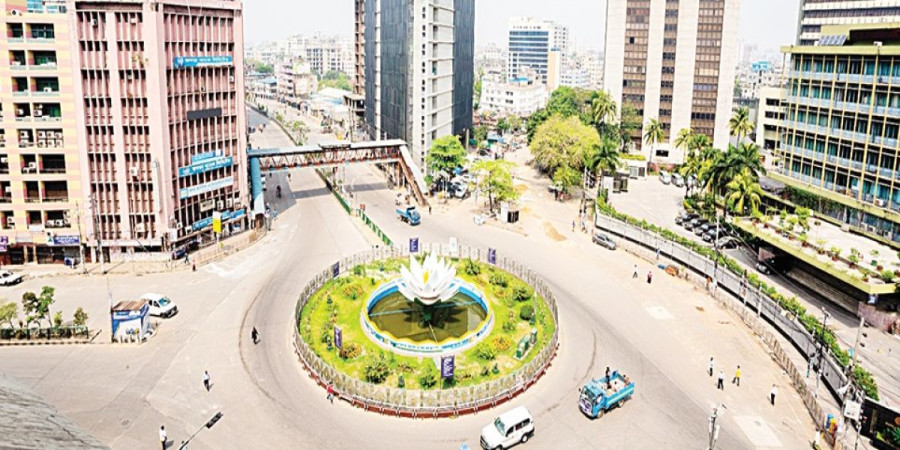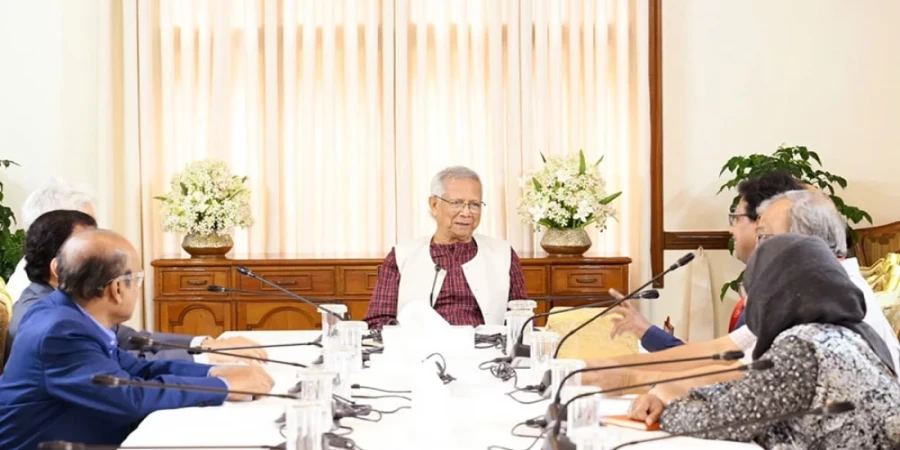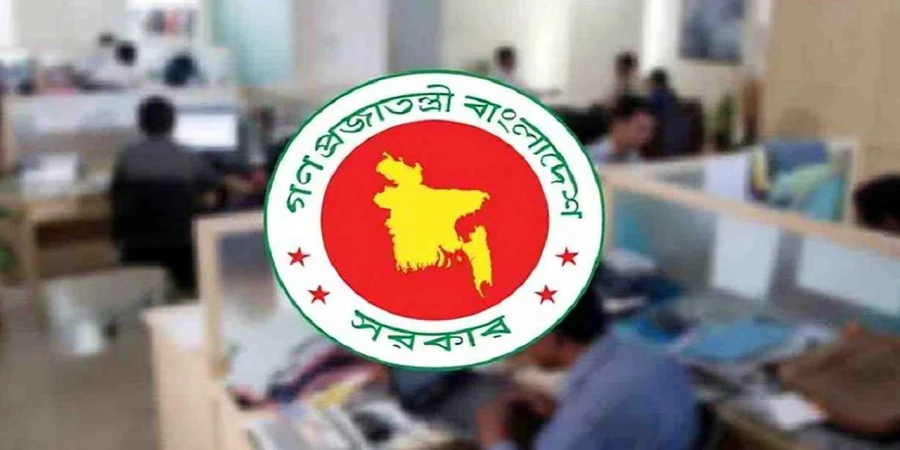
ছবি: Photo: Collected
Motijheel, once the heart of Dhaka's bustling commercial activity, is gradually losing its prominence as a business hub. A significant number of office spaces in the area now stand vacant, reflecting the dwindling appeal of what was once one of the city’s most sought-after business locations. Once considered a prime address for companies, the area now struggles to attract tenants despite offering relatively lower rental rates compared to Dhaka’s newer business districts like Gulshan, Banani, and Baridhara.
Stretching from the Ittefaq intersection near Tikatuli to Shapla Square, and westward to Arambagh, Fakirerpool, and Naya Paltan, Motijheel’s two-kilometer commercial stretch houses around 40 major office buildings. Shockingly, over 22 of these buildings now display "To-Let" signs, a far cry from the days when renting space in Motijheel was seen as a lucrative investment.
The lack of tenants for years in many of these buildings signifies the stark transformation of this former business powerhouse. Several prominent structures have remained empty for over five years, failing to find new occupants. Furthermore, banks and corporations that once thrived here are relocating to newer commercial hubs in Dhaka’s north. Businesses now hesitate to even establish branches in Motijheel, let alone their headquarters.
A prime example is the Adamjee Court Annex Building-2, which was once a hive of activity as the head office of a major bank. However, after the bank shifted its operations to Gulshan during the COVID-19 pandemic in 2020, most of the building has remained vacant, with its dimly lit interiors mirroring the area’s downturn. Similarly, the once-busy Dhaka Stock Exchange (DSE) Annex Building has lost its vibrancy. The 11-story structure, which previously housed numerous stock brokerage offices, now sees minimal foot traffic, a far cry from the bustling scenes of the 2010s when people queued for elevators.
The relocation of the DSE headquarters to Nikunja in 2019 left behind thousands of square feet of unused office space. Other businesses, such as insurance companies and brokerage firms, are also moving out, further depleting the area’s commercial appeal. The iconic Life Insurance Tower in Dilkusha faces a similar fate, with multiple floors remaining unoccupied since the Bangladesh Securities and Exchange Commission (BSEC) relocated to its own building in Sher-e-Bangla Nagar in 2017.
Motijheel’s decline is also evident in its rental market. Building owners, once overwhelmed with offers, now struggle to find tenants even at reduced rates. Rent per square foot in Motijheel ranges from BDT 60 to 90, significantly lower than Gulshan, where rents average between BDT 180 and 250 per square foot. This disparity underscores the shift in preference toward newer, more modern business districts.
The downturn has not only affected office buildings but also local businesses, including cinemas and eateries. The once-popular Madhumita Cinema Hall on Toyenbee Road now occasionally shuts down due to dwindling audiences, while the Abhisar Cinema Hall remains closed since the pandemic. Nearby shops and snack vendors, once thriving on the crowds drawn by these cinemas, have also seen a sharp decline in business.
However, some remnants of Motijheel’s heyday persist. Iconic eateries like Deshbandhu Hotel, established in 1958, and other restaurants like Ghoroa and Hirajheel continue to attract loyal patrons. While these establishments serve as nostalgic reminders of Motijheel’s vibrant past, they too face challenges as footfall decreases.
As night falls, Motijheel transforms into a quiet and desolate area. On weekends and holidays, its wide roads become playgrounds for children, starkly contrasting the frenetic pace it once experienced. Despite its decline, Motijheel’s proximity to key locations like Old Dhaka and government institutions still offers potential for revitalization. However, without significant investment and strategic planning, the area risks further fading into obscurity, overshadowed by the city’s rapidly evolving business landscape.
repoter






